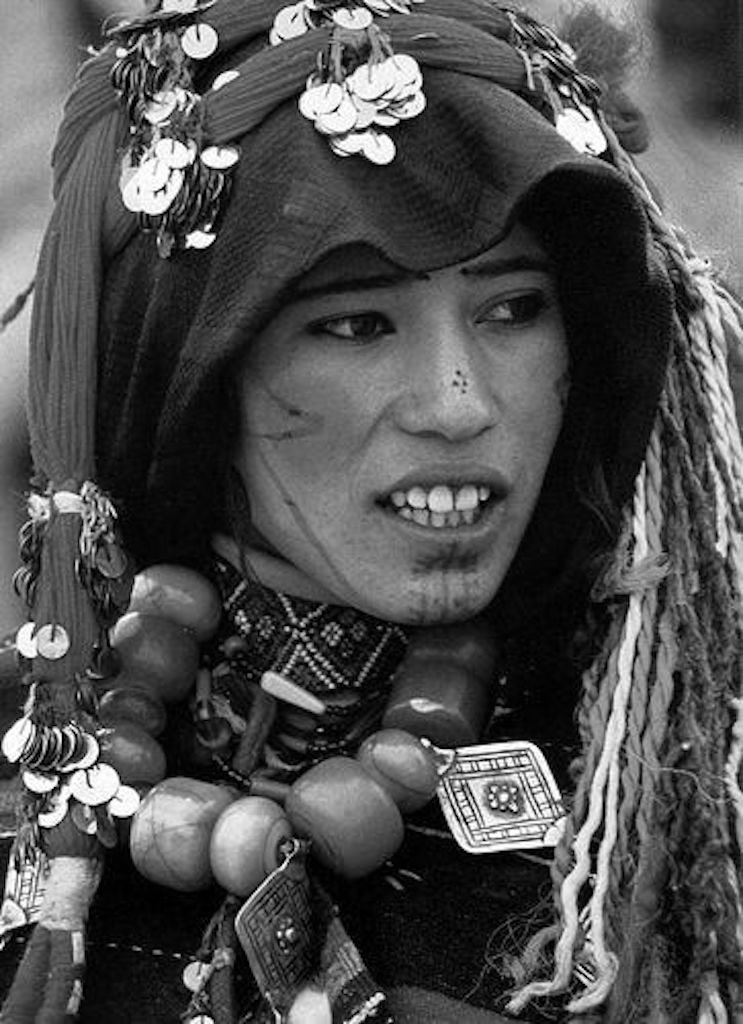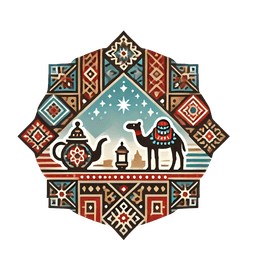- Published on
The Moroccan Amazigh Tattoos Ancient Body Art
- Authors

- Name
- Adil ABBADI
Introduction
In the rugged Atlas Mountains of Morocco, a rich cultural heritage has been passed down through generations of the Amazigh people. Among the many customs and traditions that define this indigenous Berber population, tattooing holds a special place. For centuries, Moroccan Amazigh tattoos have adorned the bodies of both men and women, serving as symbols of beauty, identity, and strength. In this article, we'll embark on a journey to explore the history, significance, and stunning designs of these ancient body art forms.
- The Origins of Amazigh Tattoos
- Symbolism and Meaning
- The Art of Tattooing
- Designs and Motifs
- The Revival of Amazigh Tattoos
- Preservation and Cultural Significance
- Conclusion
- Embrace Your Heritage
The Origins of Amazigh Tattoos
The exact origins of Amazigh tattoos are shrouded in mystery, but historians believe that they date back to the pre-Islamic era. During this time, tattoos were used to mark important life events, such as birth, coming of age, marriage, and even burial. These early tattoos were likely simple designs, created using primitive techniques like scratching or pricking.

Symbolism and Meaning
Moroccan Amazigh tattoos are more than just decorative; they hold deep symbolic meaning. Different motifs and designs are used to convey distinct messages, such as:
- Protection: Geometric patterns, like chevrons and triangles, were believed to ward off evil spirits and bring good fortune.
- Strength and Courage: Animals like lions, snakes, and scorpions represented bravery and resilience.
- Fertility and Abundance: Floral patterns and motifs, like the rose and pomegranate, symbolized fertility and prosperity.
The Art of Tattooing
Traditional Amazigh tattooing involves a painstaking process that requires great skill and patience. The tattooist uses a combination of hand-tapped and hand-poked techniques to create intricate designs. The procedure is often lengthy, taking several sessions to complete a single tattoo.
Designs and Motifs
Moroccan Amazigh tattoos boast a stunning array of designs, each with its own unique significance. Some of the most common motifs include:
- Geometric Patterns: Chevrons, triangles, and diamonds are used to create complex, visually striking designs.
- Animals: Lions, snakes, scorpions, and other animals are used to represent strength, courage, and protection.
- Floral Patterns: Roses, pomegranates, and other flowers symbolize fertility, abundance, and beauty.
- Berber Script: Ancient Berber script is used to convey messages, names, and phrases.
The Revival of Amazigh Tattoos
In recent years, there has been a resurgence of interest in traditional Amazigh tattoos. Younger generations are embracing their cultural heritage, seeking to learn more about the history and significance of these ancient designs. This renewed interest has led to a proliferation of tattoo parlors and artists specializing in Amazigh tattoos.

Preservation and Cultural Significance
As the world becomes increasingly globalized, the preservation of cultural traditions like Amazigh tattoos is crucial. These ancient designs serve as a connection to the past, a symbol of identity and heritage.
Conclusion
Moroccan Amazigh tattoos are a testament to the ingenuity, creativity, and resilience of the Amazigh people. These stunning designs have been passed down through generations, carrying with them stories, symbols, and meanings that continue to inspire and captivate to this day.
Embrace Your Heritage
If you're interested in learning more about Amazigh tattoos or would like to get one yourself, we encourage you to explore the rich cultural heritage of the Amazigh people. By embracing these ancient traditions, we can help preserve the beauty and significance of Moroccan Amazigh tattoos for generations to come.
